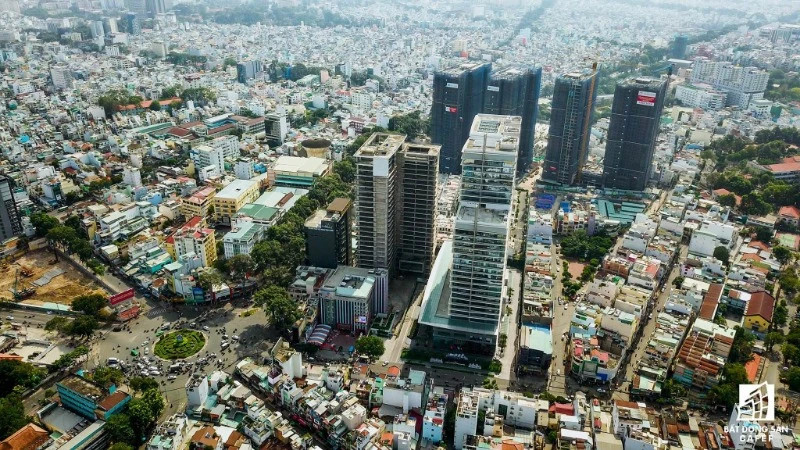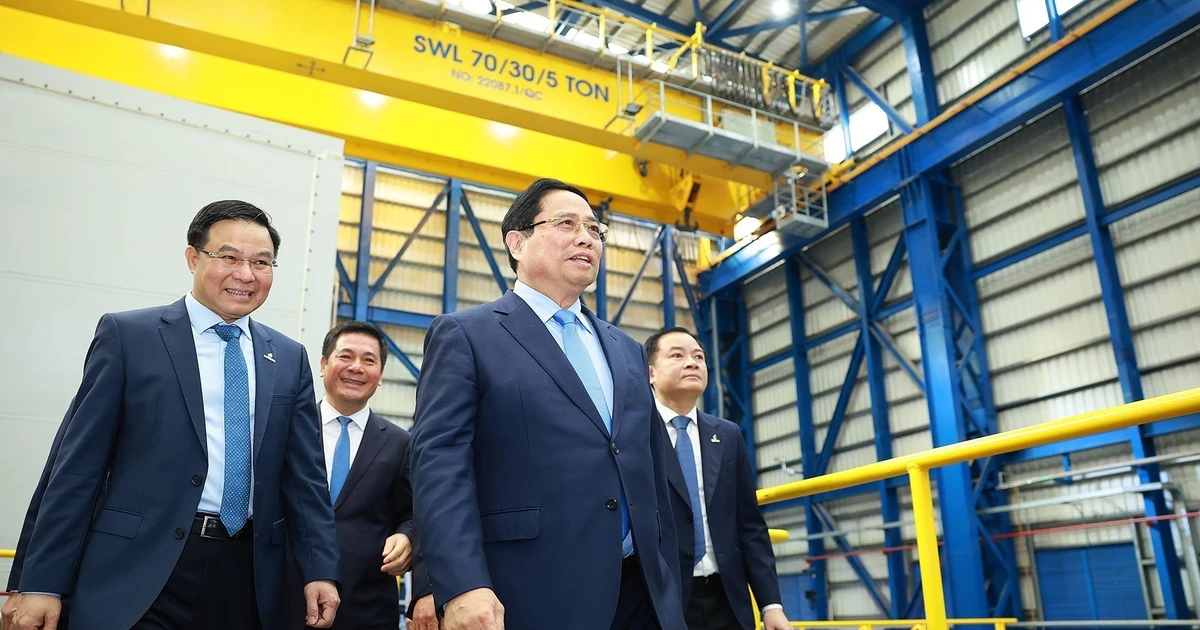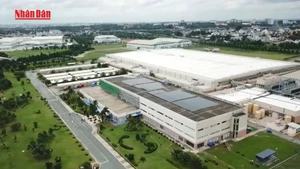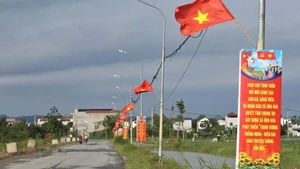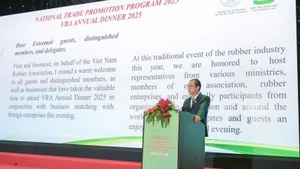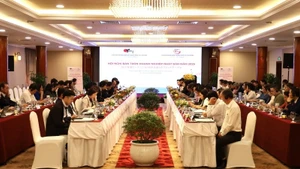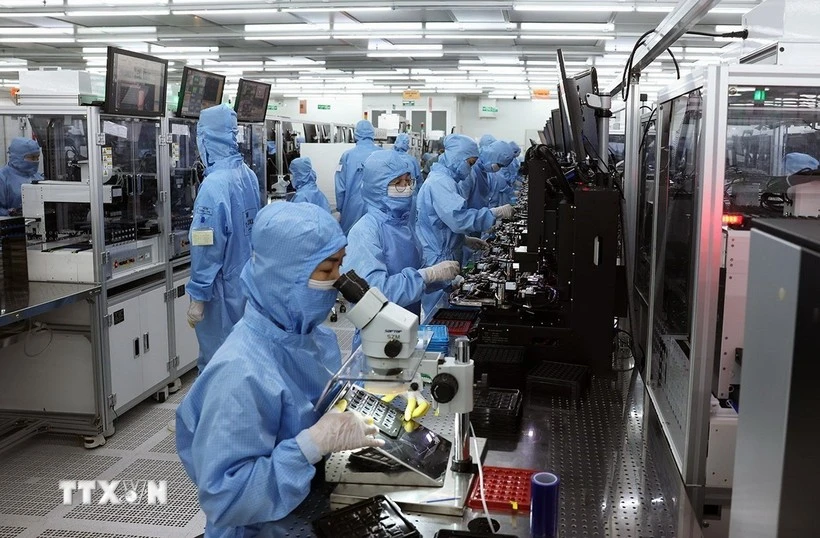Accordingly, the development goal of Ho Chi Minh City for the 2021-2030 period, with a vision to 2050, is to become a global, civilised, modern, humane, dynamic, and creative city; a city with high-quality human resources, modern services and industry; a locomotive of green economy, digital economy, digital society; and an economic, financial, trade-service, cultural, educational, scientific-technological centre of the country.
It aims to be deeply integrated internationally, hold a prominent position in the Southeast Asian region, with its economic growth rate and GRDP per capita among the top in the country, surpassing the high-income threshold; and be a city with a high quality of life, a rich identity, sustainable environment, and strong adaption to climate change.
Specifically, the city strives for an average GRDP growth rate of about 8.5-9.0%/year in the 2021-2030 period. By 2030, GRDP per capita at current prices will reach 385-405 million VND, equivalent to 14,800-15,400 USD.
The average proportion in GRDP of the service sector is over 60%, the industrial - construction sector is about 27% (of which the manufacturing and processing industry is about 22%), the agricultural, forestry and fishery sector is about 0.4%; and the digital economy is striving to reach over 40% of GRDP.
The actual permanent population of the city is forecast to be about 11.0 million people by 2030; about 14.5 million people by 2050; the social labour productivity growth rate is 7%; the human development index HDI is over 0.85. The urbanisation rate is over 90%.
The city is striving for 100% of communes to meet the model new rural standards, of which 50% of communes meet the smart new rural standards; and striving for 100% of districts to meet the standards of model new rural districts, of which at least 50% of districts meet the standards of smart new rural districts, as a foundation for shaping and developing satellite urban areas in the city.
The city will strive to raise the its income poverty line to two times higher than the national average by the end of 2030, with basically no poor households according to the national poverty line; less than 0.5% of poor households according to the city’s poverty line.
It also aims to bring the average floor area of housing per capita up to 30-32 m2. The ratio of total traffic land area to urban construction land aims to reach about 16-26%; while strong development of digital infrastructure and data infrastructure will create a foundation for digital transformation.
The plan also clearly states that by 2030, Ho Chi Minh City will have 16 central districts, divided into 4 sub-regions, of which sub-region 1 is District 1; Zone 2 includes districts 3, 4, 5, 6, 10, 11, and Phu Nhuan; Zone 3 includes 7, 8, Go Vap, Binh Thanh, Tan Binh, and Tan Phu; and Zone 4 includes 12 and Binh Tan.
Regarding the direction of agricultural, forestry and fishery development, the decision clearly states the development of high-tech ecological and organic agriculture in the direction of high-value agriculture on the basis of crossbreeding and breeding of crops and livestock, applying new farming techniques with high productivity, environmentally friendly, green, and sustainable agriculture associated with carbon emission reduction and tourism.
Additionally, the formation of concentrated agricultural production areas and high-tech agricultural zones in the northwest, southwest and southern areas of the city will focus on high-quality and advantageous products.
The Ho Chi Minh City planning for the period of 2021-2030, with a vision to 2050, also clearly states that key industries such as the design and manufacturing industry of components, integrated circuits, printed electronics, chips, new technology batteries, new materials, clean energy industry, and renewable energy will be developed.
Regarding the direction of trade development, Ho Chi Minh City will develop trade in a modern and civilised direction, in sync with the development of industrialisation, maximising the benefits of globalisation; building a brand of high-quality goods; deeply participating in the distribution network and global value chain; developing export markets for key products of the Southeast region; developing the city into an e-commerce centre of the Southeast region; developing attractive retail channels; professionalising and digitising the wholesale supply chain; upgrading connections and improving trade and international services, with a focus on exporting key products.
At the same time, promote the development of logistics services associated with strengthening regional linkages and building strong logistics enterprises, ensuring competitiveness and integration with regional and world logistics centres.
